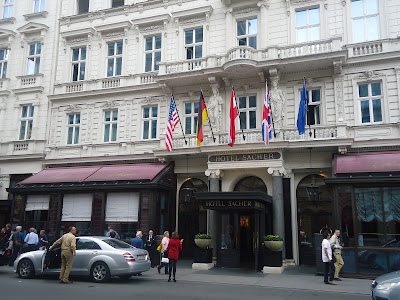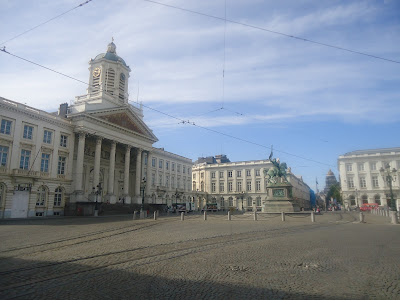OTD 31 July 1917 Battle of Passchendaele

Some history ... 31 July 1917 marks the start of the Battle of Passchendaele, also known as the Third Battle of Ypres. This was a military campaign during the First World War, fought by the Allies (British Empire, Russian Empire and the French Republic) against the German Empire. The Battle, took place on the Western Front from 31 July 1917 to November 1917 for the control around Ypres, a city located in West Flanders, Belgium. Passchendaele lays on the east side of Ypres around 8 km or 5 miles from the city. This battle of 1917 was controversial. It was the British Prime Minister, David Lloyd George who opposed the offensive. General Ferdinand Foch, the French Chief of the General Staff was opposed too. cross on a cemetery of the Commonwealth near Ypres, Belgium The choice to fight in Flanders came from General Hubert Gough. Field Marshal Sir Douglas Haig (commanding the British Expeditionary Force - BEF) did not receive approval for the Flanders op...








